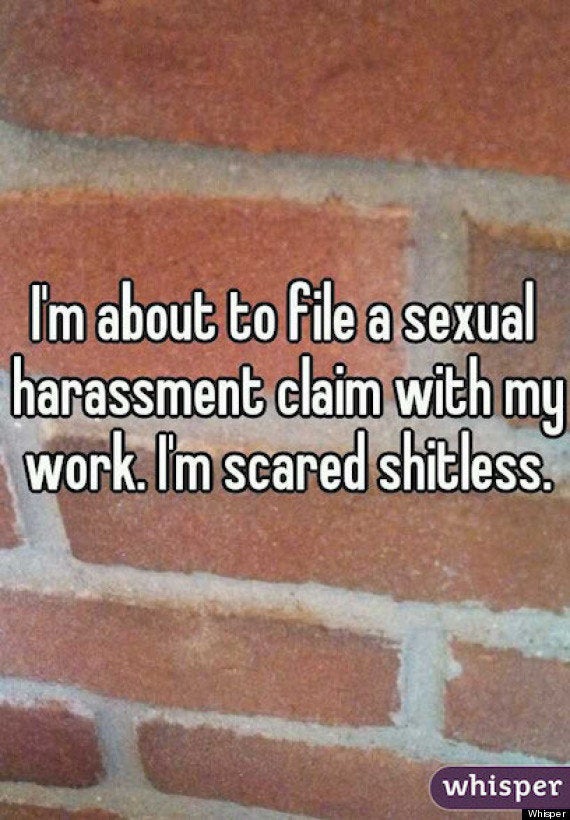
In 1981, after accepting a job offer from then-NBC producer Roger Ailes, Shelley Ross found herself in a seriously uncomfortable position.
“When did you first discover you were sexy?” Ross recalls Ailes asked her, before suggesting that the two partake on what he called a “sexual alliance.”
Decades later, Ross, now a television executive, is coming out as yet another woman who’s been harassed by recently ousted Fox News CEO Roger Ailes in a detailed, must-read essay on Monday for The Daily Beast.
Ross’s essay is about so much more than one man’s abuse. It details the ingrained sexism and harassment that has persisted for decades in the workplace, and focuses mainly on the frequency of the issue in the media industry.
Ross, whose resumé includes conducting the first televised interview with Charles Manson and various executive producer roles for ABC and CBS, wrote about the complexity of workplace harassment, as well as the complexity of the relationships amongst perpetrators and victims. Her relationship with Ailes, for example, has lasted more than three decades in both personal and professional capacities. She wrote:
During the summer of 2012, Roger phoned me to say he was recommending me for a big job—to run CNN. (The job went to Jeff Zucker who then quickly took over the job of the man who hired him.) That same year, when Roger learned I was battling cancer, he sent me a giant basket from Rao’s containing six pastas and six different sauces.
He enclosed a personal note to my husband that if he (Roger) could figure out how to cook the contents of the package, so could David. We had not worked together in 31 years. It is difficult to reconcile the two Rogers.
But, as she writes in the essay, throughout her decades-long career she was harassed by many men who she says had no idea that what they were doing could be considered “hostile.” She recalls one summer work party for which she’d gotten dressed up and done her makeup. “Suddenly, I was picked up off the ground, whirled around and thrown into a muddy pond by a staff photographer. I didn’t realize until years later that was a hostile act...I doubt if the photographer understood it was a hostile act either; we were friends,” she wrote.
She also discussed the way that “sexual harassment” itself didn’t even enter the nation’s lexicon until the early ‘90s with the Anita Hill trial, before which the term was barely used, and the behavior it described was pretty much always overlooked.
In October 1991 Diane Sawyer and I watched a 35-year-old law professor, Anita Hill, testify live under oath before the Senate Judiciary hearing that Supreme Court nominee Clarence Thomas had sexually harassed her.
Hill immediately found herself under attack by an all-white male committee, one senator suggesting she had a psychiatric condition in which a woman fantasizes a powerful man is in love with her.

This lack of awareness that “sexual harassment” was ― and is ― a very real issue makes the act of seeking any recourse after a powerful man has commited it that much more difficult.
In her essay, Ross writes that, “it takes a lot of courage to stand up against sexual harassment.” And when we consider the way that women, like Hill, have been treated after speaking out about sexual harassment, it really doesn’t come as a surprise that women often keep their heads down and say nothing about inappropriate workplace behavior. “Much of the time, harassment has too many faces to even recognize when it is happening,” Ross wrote. “Whisper campaigns, false accusations, holding women executives to impossible standards not expected of men.”
Over the last few years, though, women in the public eye have begun speaking out and even taking legal action against workplace harassment ― like the dozens of women who have accused Bill Cosby of sexual assault, pop star Kesha (who “will not just f**king be quiet and hide” from Sony producer Dr. Luke), and most recently, former Fox News host Gretchen Carlson.
Carlson made waves in July by filing a sexual harassment lawsuit against Ailes. When Carlson went public with the allegations, she received a barrage of criticism. But since her lawsuit, more than 20 women have come out with similar stories about Ailes, and this morning, Carlson tweeted in support of Ross and her essay.
Even as more and more women are speaking out, Ross still believes that much more needs to be done to combat sexual harassment. “No one has yet nailed the pervasiveness, the bigotry, the diminishing and oppression of over half the population in the workplace,” she wrote. “No one has nailed the ideas lost, the creativity missing, the damage done.”
But it is absolutely essential that we continue to try.
Read Ross’s entire piece at The Daily Beast here.
If you have experienced harassment and need help, call the National Street Harassment Hotline at 855-897-5910 or the National Sexual Assault Hotline at 800-656-HOPE (4673)

